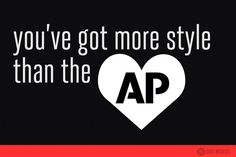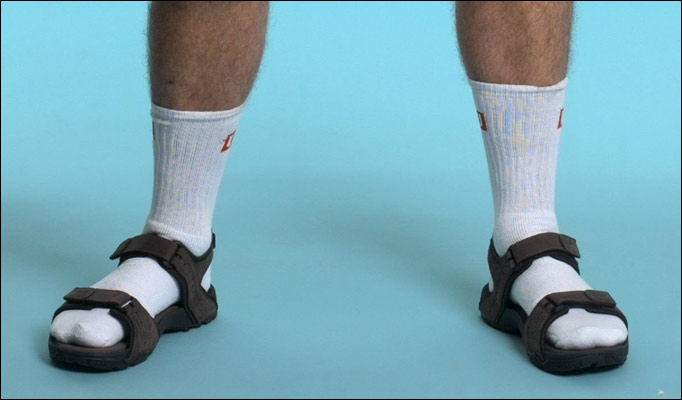By Molly Borchers, Sr. Communications Strategist
As an ode to Associated Press (AP) style, I thought I would write this lovely haiku:
What is red, white and…
Every journalist’s best friend?
The AP style guide
Bad haikus aside, more than two million AP Stylebooks have been published since 1977, and for good reason. AP style provides guidelines for newswriting and is the de facto standard for newspapers, magazines and other media. Originally, it was intended to offer short-form advantages to save scarce print space, such as dropping the Oxford comma (don’t hate) and using figures for all numbers above nine.

Here are the most common AP style mistakes we see in press releases:

- Capitalizing job titles after a person’s name – that’s a big no-no. AP style dictates that you only capitalize a title used before a person’s name, not after.
- Using two spaces after punctuation (seriously, if you’re still doing this, stop immediately!)
- State abbreviations: Did you know that California is Calif. and not CA? If not, you do now.
- Using Oxford commas – give them the boot!
- Percentages: To spell out, or not to spell out? According to AP style, write out “percent” in news releases, but using the % symbol is OK in financial tables.
- While we’re on the subject, the word “okay” should be spelled as “OK.”
- Numbers: Write out numbers one through nine. Use numerals for 10 and higher. Also, always write out numbers when they begin a sentence.
- Time: Time should not be spelled out, except for noon and midnight. Using :00 for on-the-hour times is not necessary. Finally, use a.m. and p.m. lowercase.
- Do not hyphenate a compound modifier when using adverbs that end in -ly, such as a beautifully-decorated cake. It’s correct to say “a beautifully decorated cake.”
- Dates: Keep it simple – there’s no point in writing “Wednesday, May 13th 2015,” when “May 13” will do just fine.
- Months: Jan., Feb., Aug., Sept., Oct., Nov. and Dec., and spell out when using alone or with just a year.
- Seasons: We don’t see much of winter or fall in San Diego, Calif. Yet, we do see seasons capitalized all too often. Although months are capitalized, seasons should not be.
- Addresses: St., Ave. and Blvd. are abbreviated when referring to a specific address. Road, Court, Drive, Lane, Way and other forms of addresses are not abbreviated.
- Dimensions: Spell them out. Depending on your choice of measurement, a football field is 100 yards, 300 feet or 3,600 inches long.
A Few Tricky Words

- Farther vs. Further: Farther refers to distance, while further refers to time or degree. “I walked farther in order to further my geographical studies.”
- Email: This word recently changed spelling, but if you’re using a computer, you should know that “email” is no longer spelled “e-mail.”
- WWW: The Internet and Web should still be capitalized.
I don’t have room in this blog post to list all the rules, but hopefully these helped you correct a few mistakes. If you want to master writing for the media, dust off your (up-to-date) AP Stylebooks for a refresh!
















